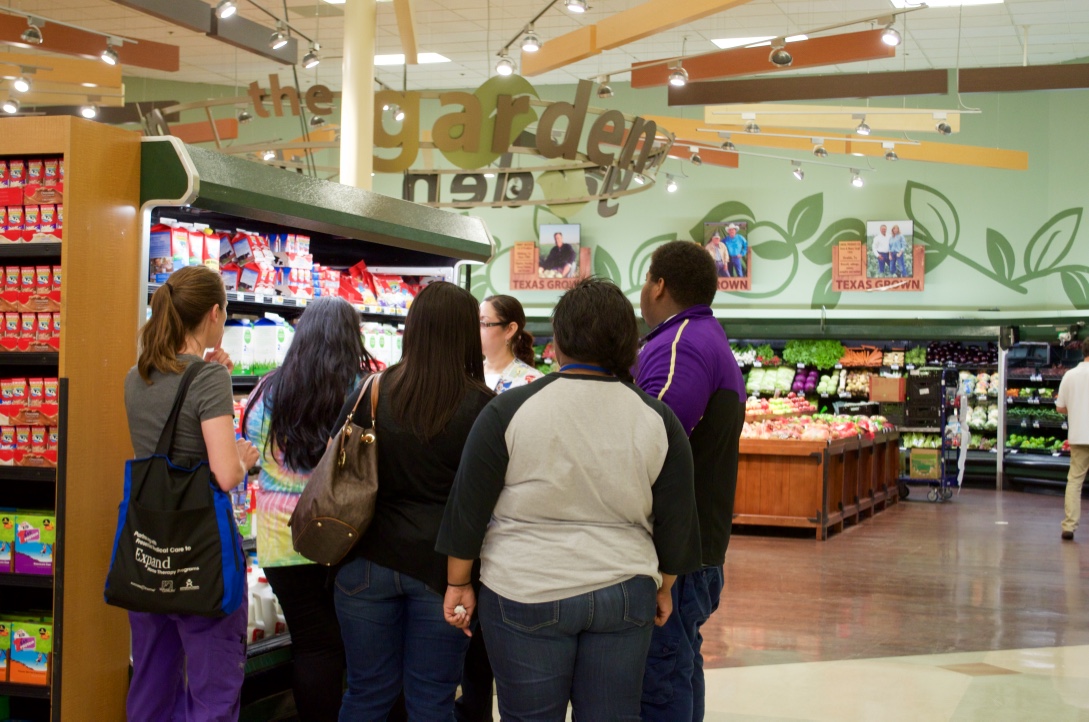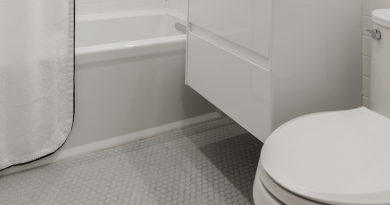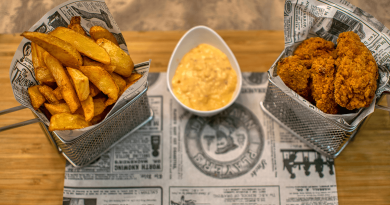Scavenger hunt helps pediatric bariatric support group put theory into practice
What’s the best way to get teens at their bariatric surgery classes excited about healthy food?
For several years, students from Baylor College of Medicine’s Choosing Healthy, Eating Fresh (CHEF) elective have lent a hand with the Texas Children’s Hospital Adolescent Bariatric Surgery Program support group through interactive lectures and hands-on cooking classes.
We realized we could do more to encourage kids to embrace healthier eating and be more active. With six medical students, a dietician and a nurse, we took 30 people divided into four teams to visit a local grocery store for a field trip and challenge the teens in the support program with a scavenger hunt.
CHEF volunteers walked half a mile with the families, talking to them about their hopes, fears, expectations and general life.
One family talked to me about having to drive almost four hours to make each support session for the six-month program, since their city didn’t have any bariatric surgeons who could operate on pediatric patients.
Another mother shared her fears saying, “I know it may change her life for the better, but every mother will always be afraid of her child undergoing surgery.”
A patient told me proudly how she liked to eat vegetables now. One talked about hating to exercise since it was “so hard to walk.” Another patient talked about personal topics, such as her family, her school and (most importantly, of course) fashion.
You don’t have to be in a medical setting or even talk about medical topics to learn about your patients.
Once in the grocery, the rules were simple. Each group was led by at least one medical student facilitator who would check off the items on the list and emphasize the teaching points. Items included:
- What is the fat and vitamin D content of at least three kinds of milk (i.e. skim, 2 percent and whole)
- Make a rainbow of fruits
- Compare the leanness of two different types of ground meat
- Compare how many chips are in one serving for three different bags of chips
- Look at the fiber and sugar content of three different kinds of cereals
- Find the sodium content of frozen dinners
- Compare the nutrition of canned versus frozen versus fresh produce
- Pick three kinds of produce in season
- List the ingredients of juice and find the percentage of actual fruit juice
- Find three items on sale and add up your savings (bonus to the team that has the highest savings)
The Texas Children’s staff would rotate between different teams also providing education tips. Facilitators made sure each part of the grocery was covered – from produce to dairy to the “snacks” in the aisles.
After an hour in the grocery, we reconvened and walked back to the community center together. I also bought different types of produce for people to try – pineapple cubes and low-fat mozzarella were the most popular snacks of the day. We sampled food and wrapped up with final teaching points and handouts to take home.
Overall, this grocery tour was a huge success! As I saw the patients excitedly holding up butternut squash, and parents gasping at the sugar content of “healthy cereals” and the CHEF volunteers engaging with the families, words can’t describe how excited I was for CHEF.
It was a great afternoon of community service, patient education and multidisciplinary collaboration and will be the first of many more grocery adventures.
-By Natalie Uy, MS 3 at Baylor College of Medicine








That’s a fun way to teach nutrition! It’s amazing how little people know about basic nutrition.